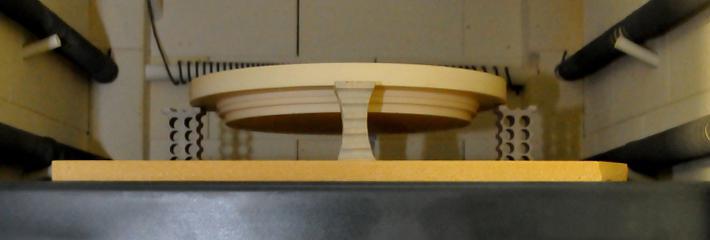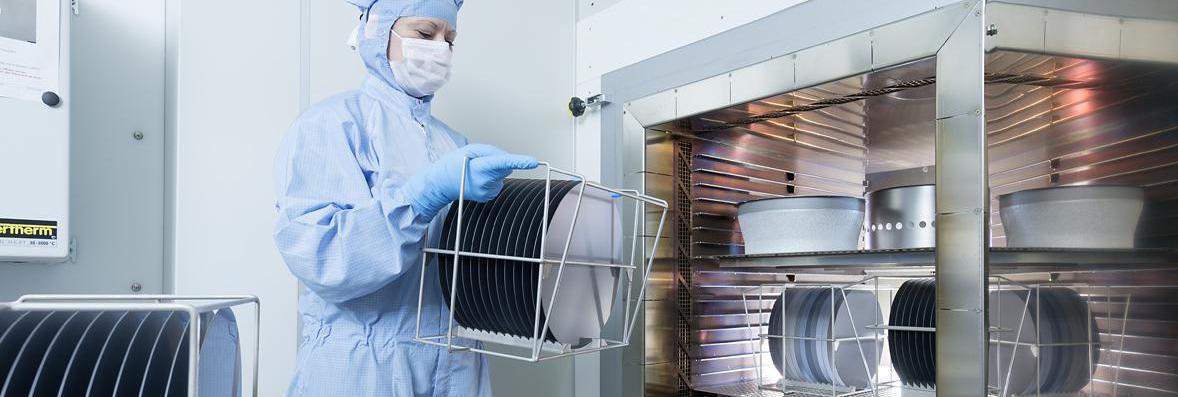Thermal Cleaning
Benefits
Cleanpart offers a broad range of high-temperature oven units for thermal cleaning of components. Either large-sized parts or large volumes can be economically treated. Thermal cleaning is very efficient for the following:
- Decontamination of surfaces
- In-depth cleaning of ceramic material (contaminants trapped in grain boundaries)
- Removal of polymers on substrates that withstand heat as an alternative to inoperative chemistry
Properties
The parameters for designing procedures are:
- Temperatures
- Heat-up/cool-down routines
- Processing times
- Purging gases
Thermal Cleaning consists of heating the contaminated components to a temperature up to where the contaminants will melt, vaporize or sublimate, which leaves the components (substrate) free of pollution.
This technique is well suited for substrates that withstand high temperature compared to their contaminants, for example, products contaminated with polymers. Also, it is well adapted to ceramics, which are sintered materials into which contaminants can penetrate after a certain time of use.
The decontamination process is conducted in high-temperature furnaces where temperature is precisely controlled, particularly during the increase and decrease of temperature (ramp-up/ramp-down) to avoid thermal shocks. Purging with N₂ or noble gases can support this procedure.
Once the parts have cooled down, a complementary cleaning may be necessary to remove (mainly anorganic) residues from the parts.

















